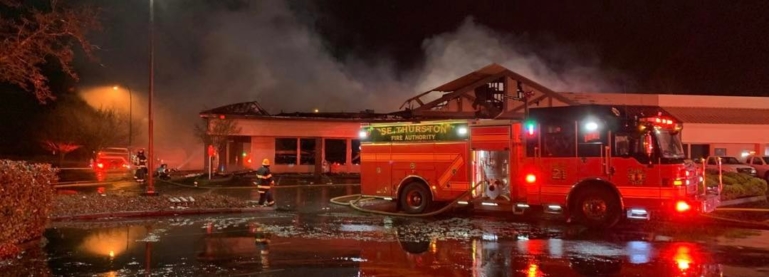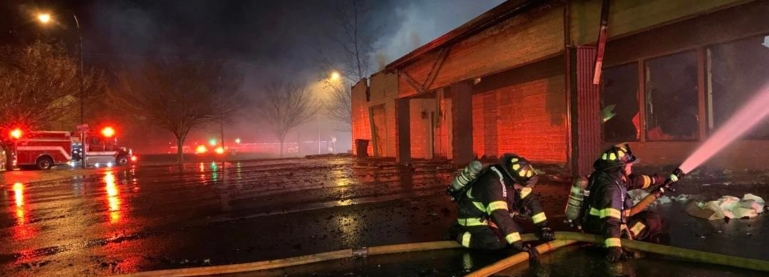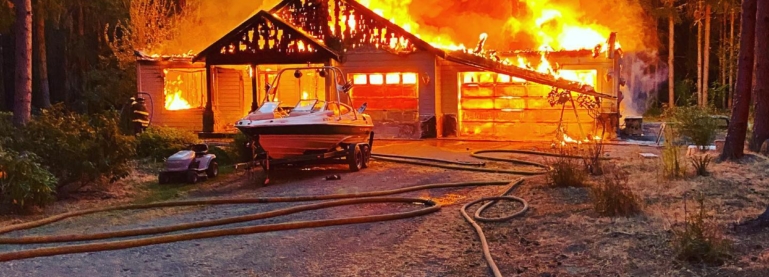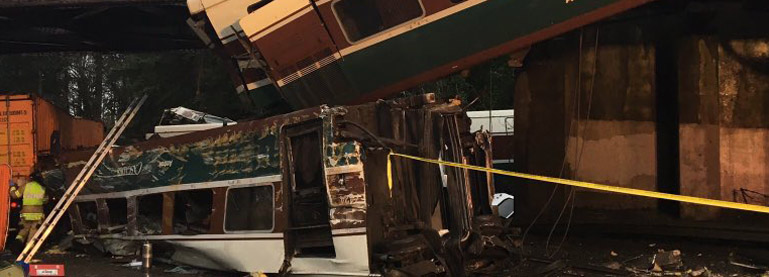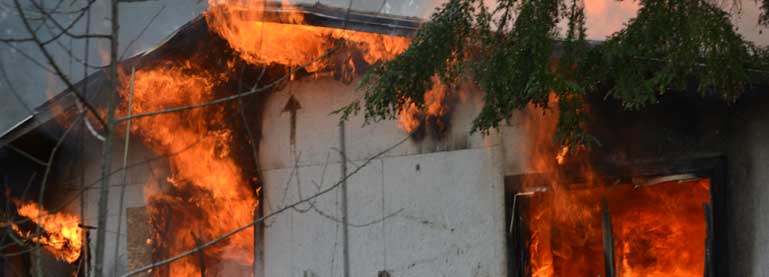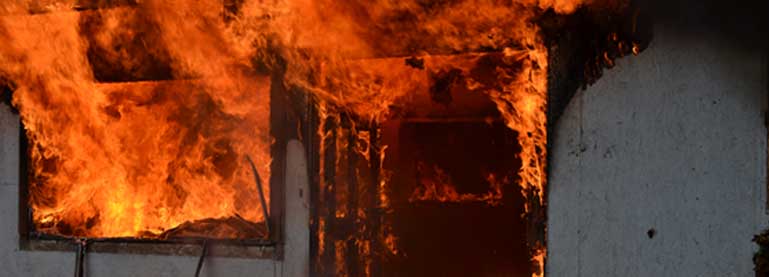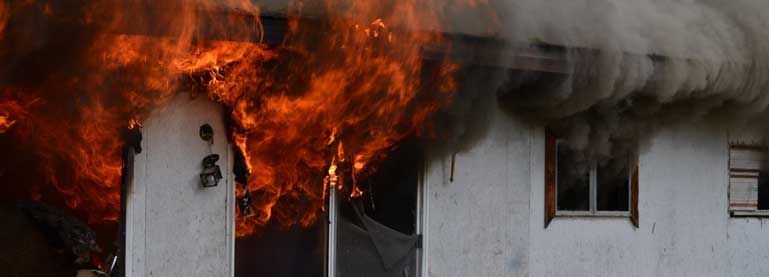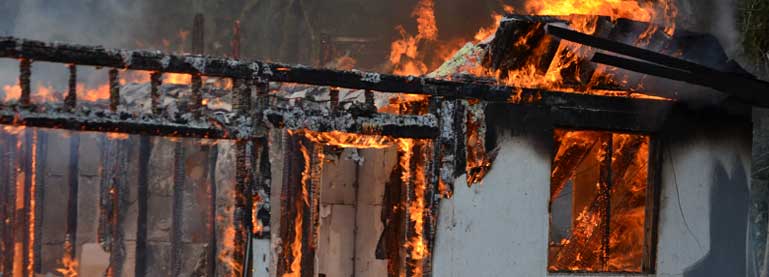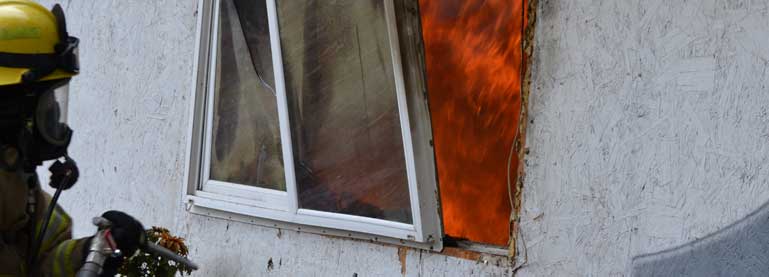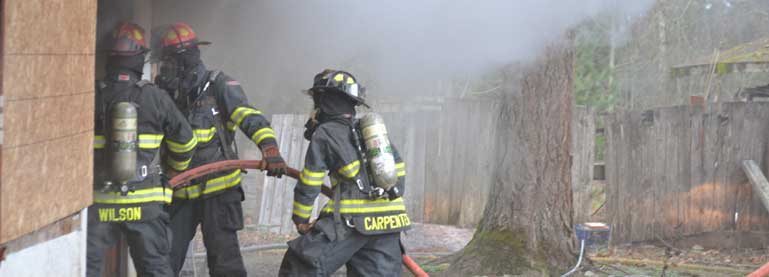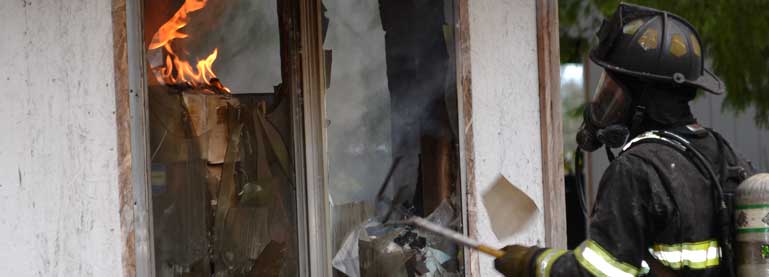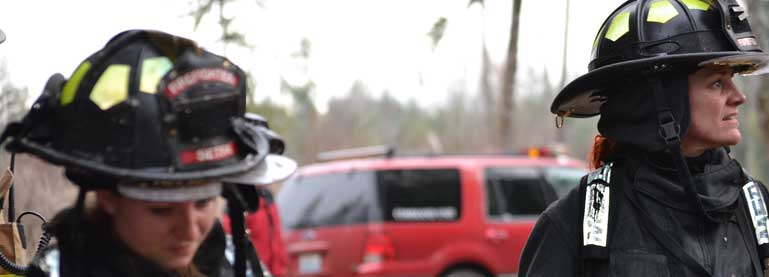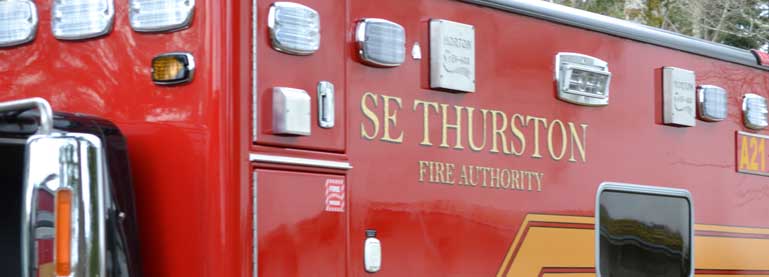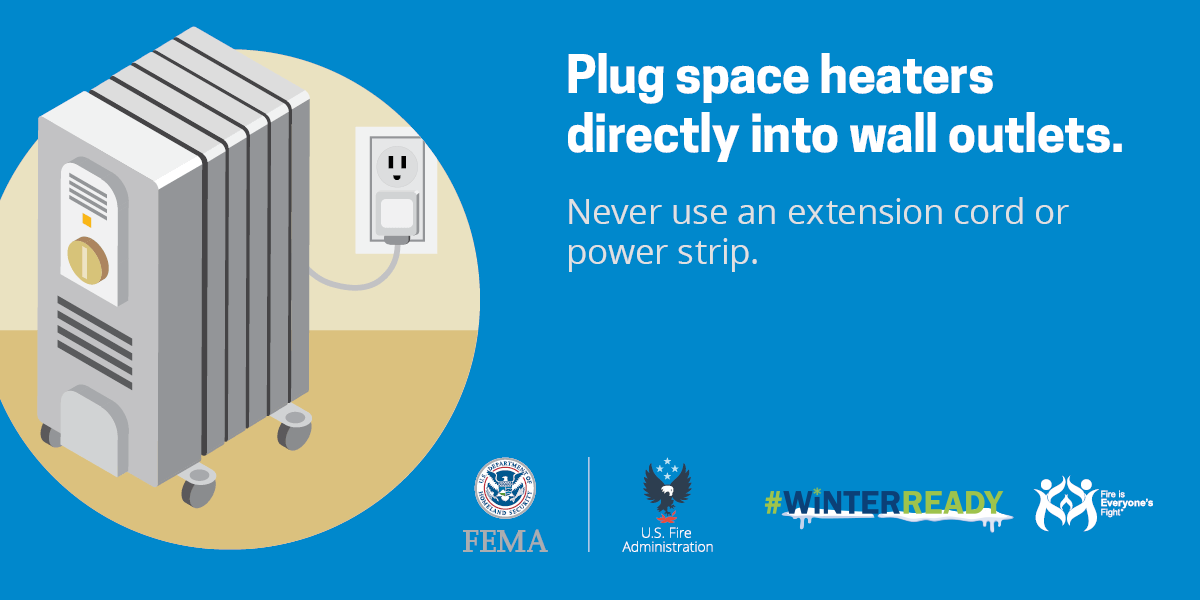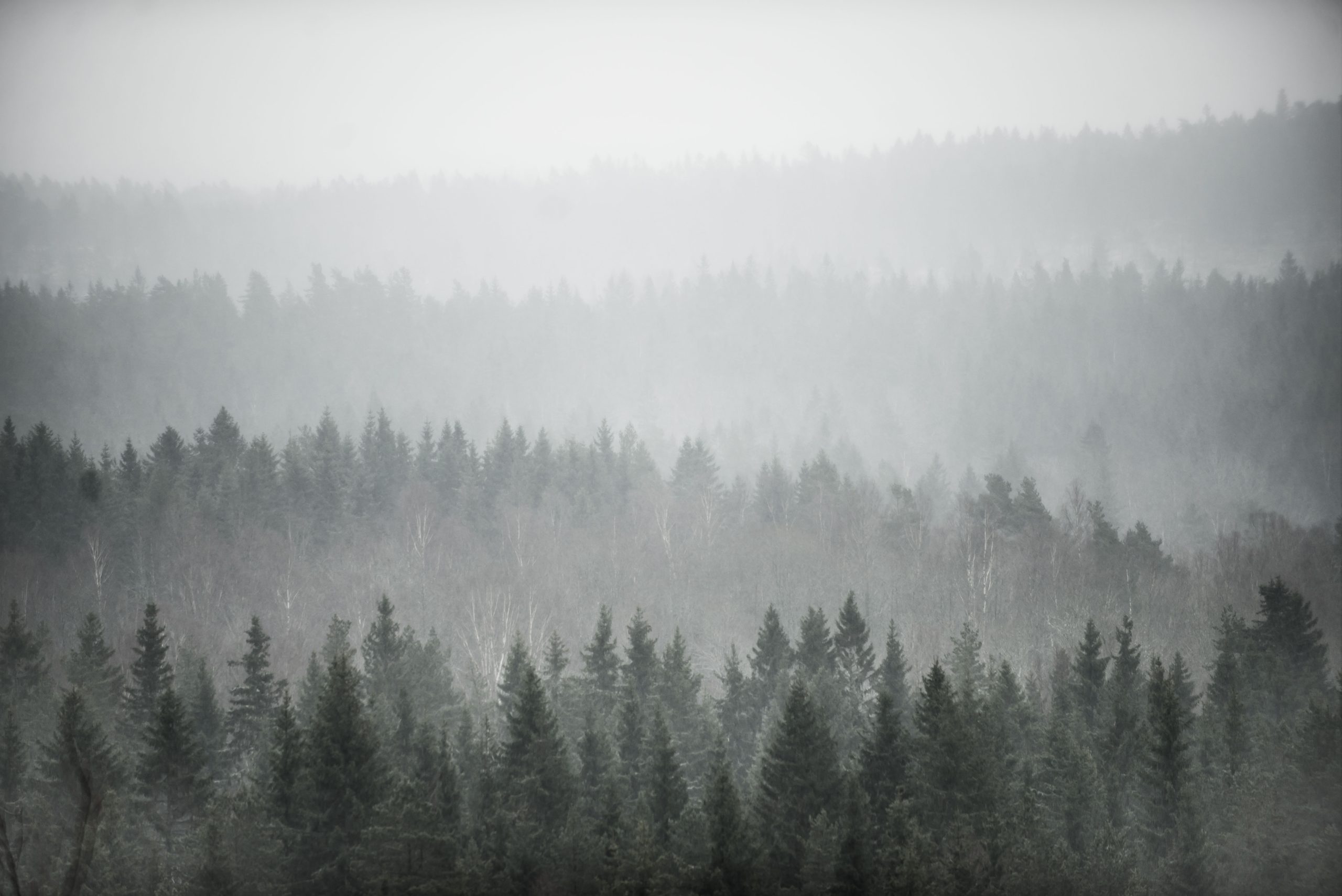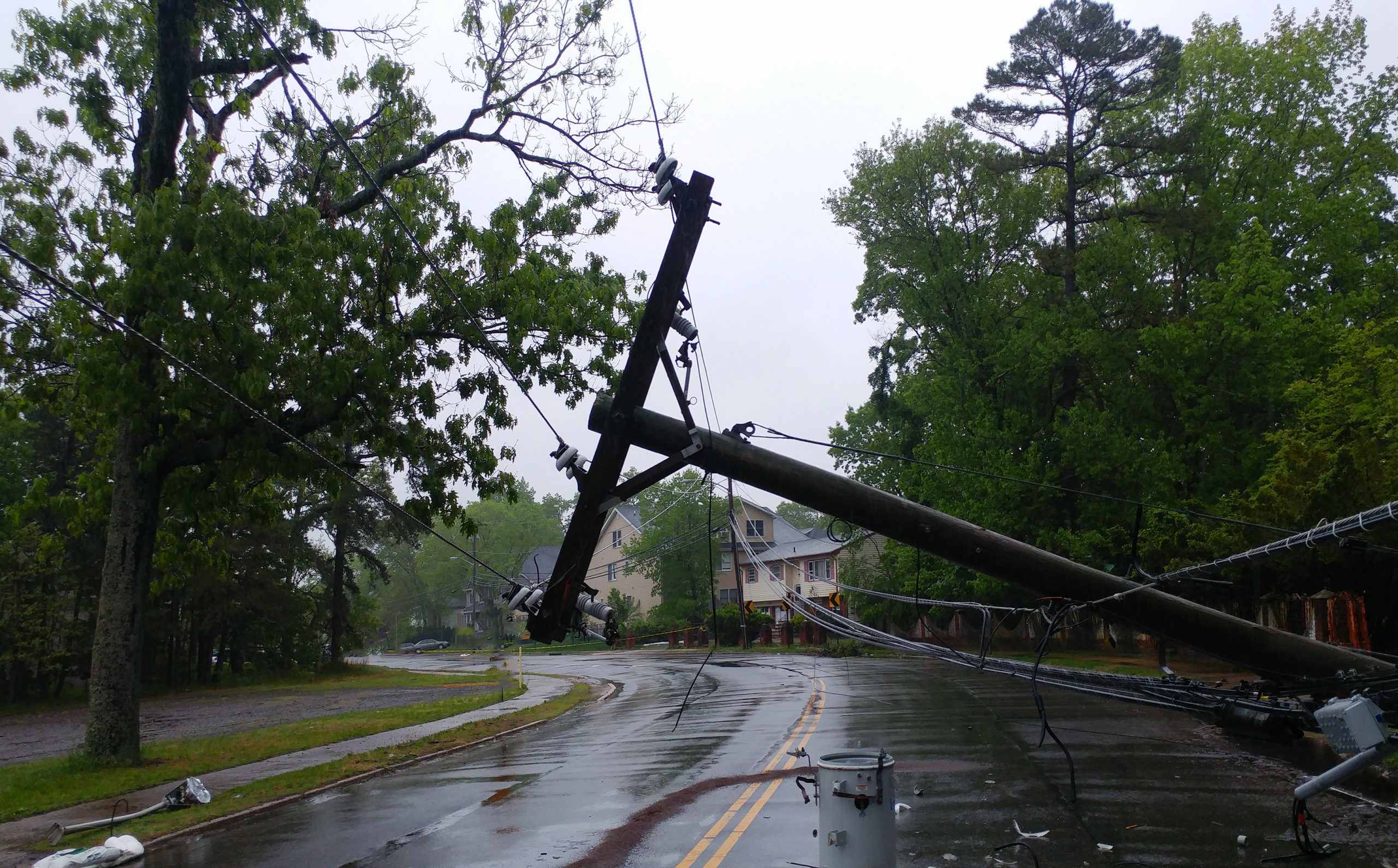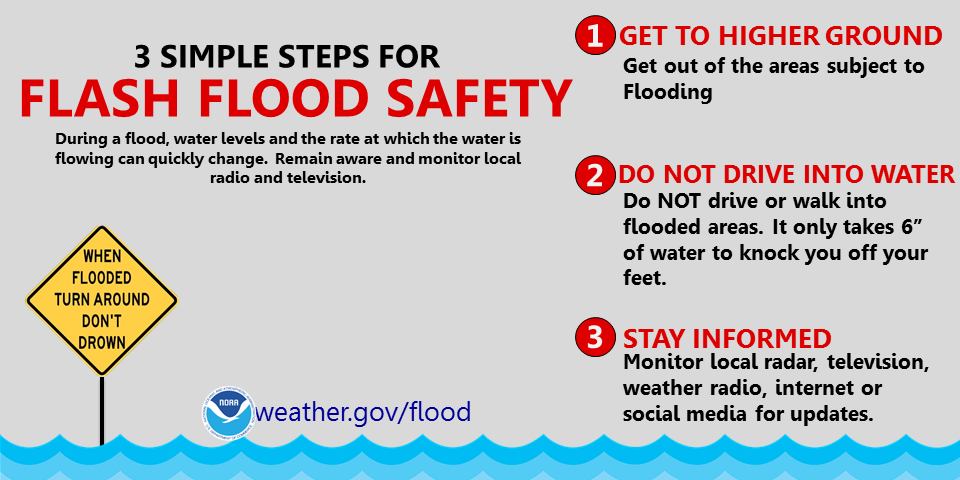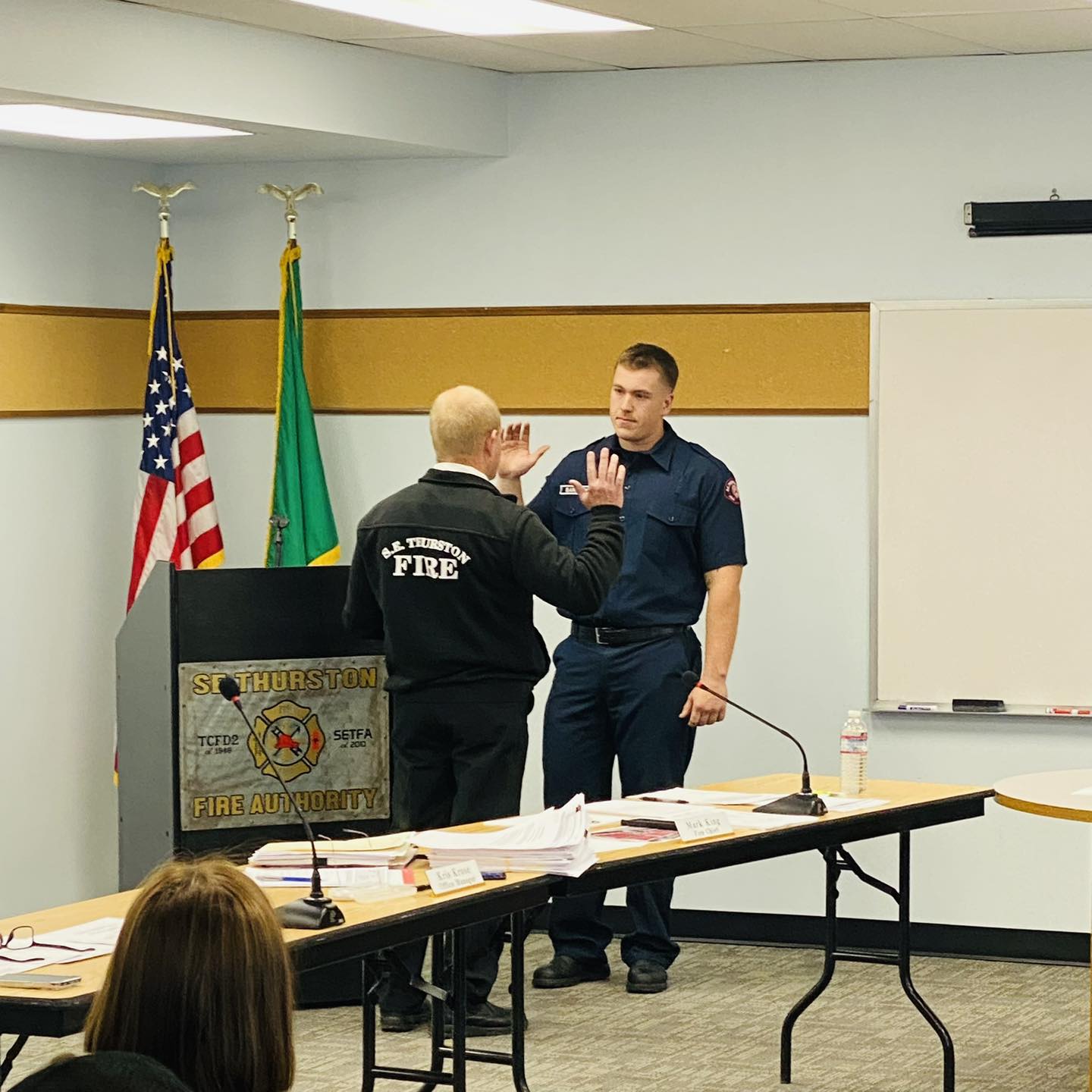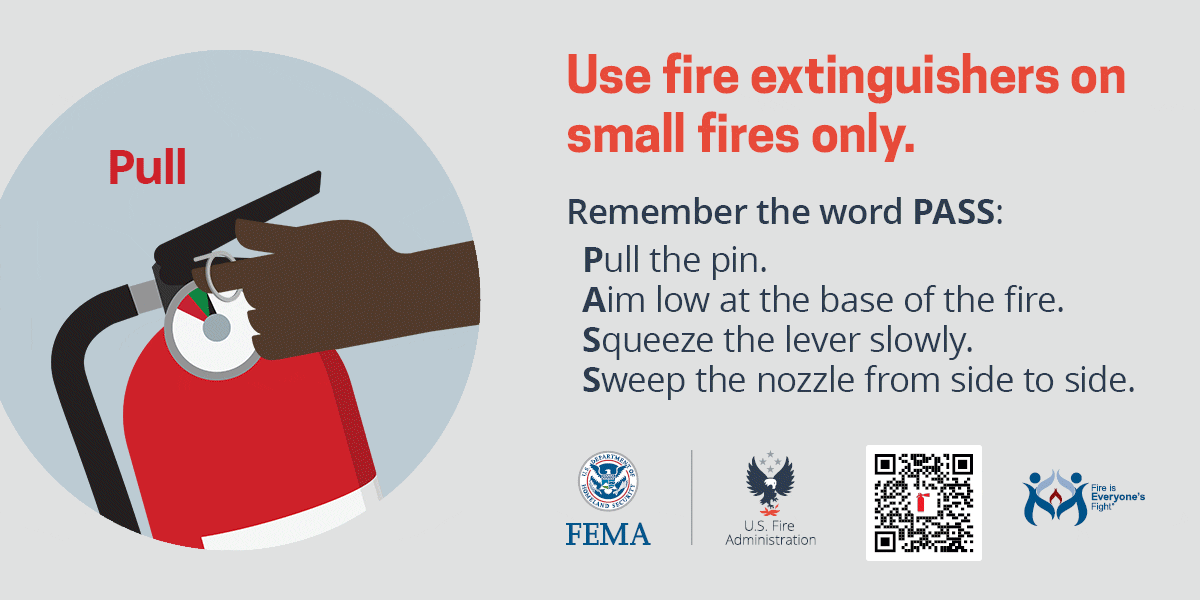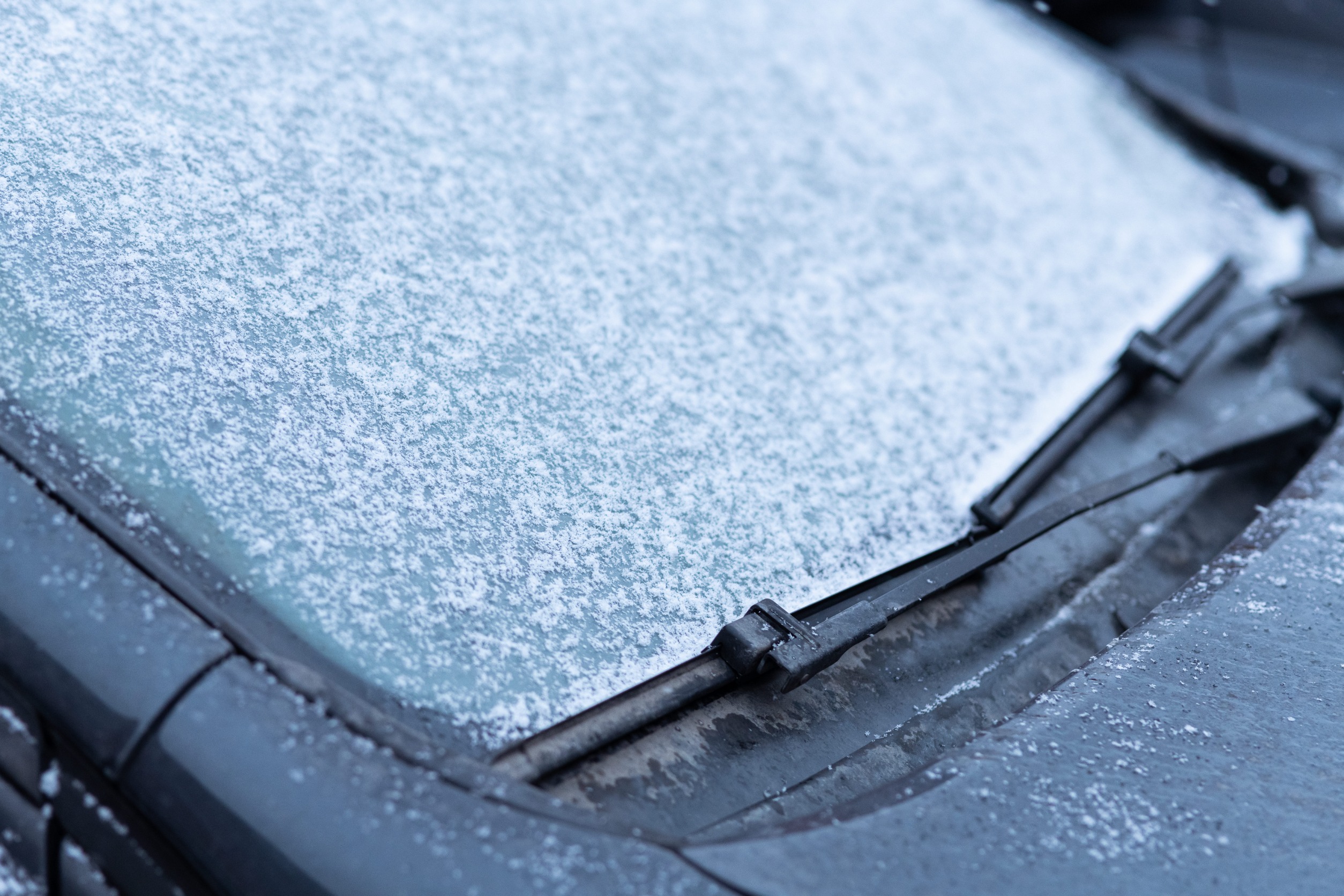
We just saw some of our first snow this winter in Thurston County, and with it came frigid temperatures and icy roads. As much as we’d like to assume we won’t face any conflicts while driving, being prepared for them can make the difference between an emergency and a controlled situation. If you take the time now to do a safety check on your vehicle, you could avoid being stranded or injured later while driving in severe winter conditions.
Check these five things to make sure your vehicle is ready for the worst:
Check your vehicle’s fluids
It’s recommended that you check fluids like oil, coolant, and others in your vehicle regularly, especially right before a long trip or severe weather. This is because it is harder to find and change these fluids if you end up stranded in rural areas or in bad weather. You should also get an oil change if your vehicle hasn’t had one in a while.
Keep your vehicle’s fuel tank full
Even if you’re only driving short distances the majority of the time, it’s best to keep your vehicle’s fuel tank above the 3/4 mark in case you need to make an emergency long-distance drive or can’t find access to fuel for an extended period of time.
Check your vehicle’s tire pressures
Make sure you’re familiar with the suggested pressure for your vehicle’s tires, and ensure they are always kept at that level. Under pressured or overpressured tires can reduce the control you have over your vehicle during hazardous weather, as well as increasing the risk of getting a flat.
Clean your windshields and windows
Every so often you should thoroughly clean your front and back windshields, as well as your vehicle’s windows in order to keep a clear field of view while in bad road conditions. Grimy or foggy windows can significantly reduce your vision, especially in fog or at night, so keeping them clean can help you see potential dangers before it’s too late. You should also check your windshield wipers while you’re at this step, and make sure they don’t leave streaks on the glass.
Keep an emergency kit in your vehicle
No matter where you live or what you drive, you should always have an emergency kit in your vehicle. This kit should have some emergency food and water, spare clothing, heat packs, navigation gear, and repair tools, in case you end up lost or break down.

